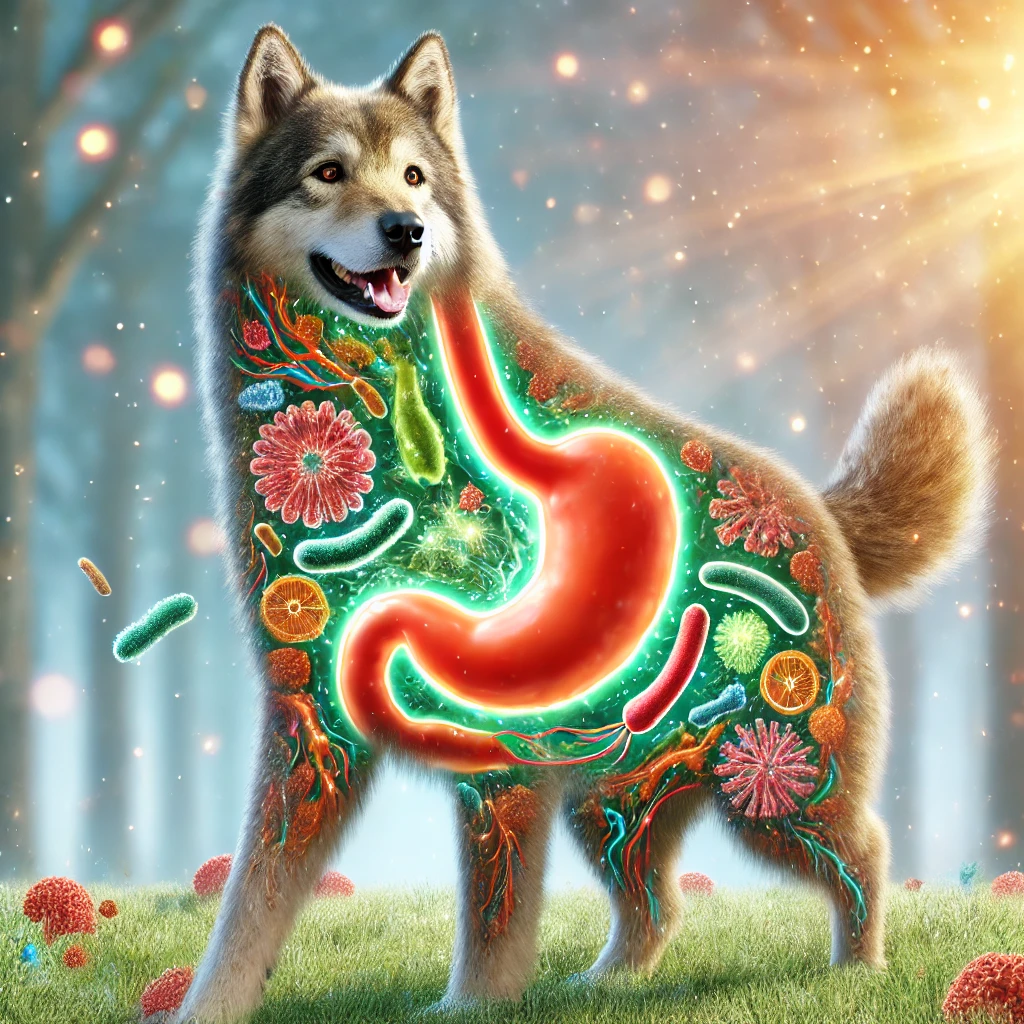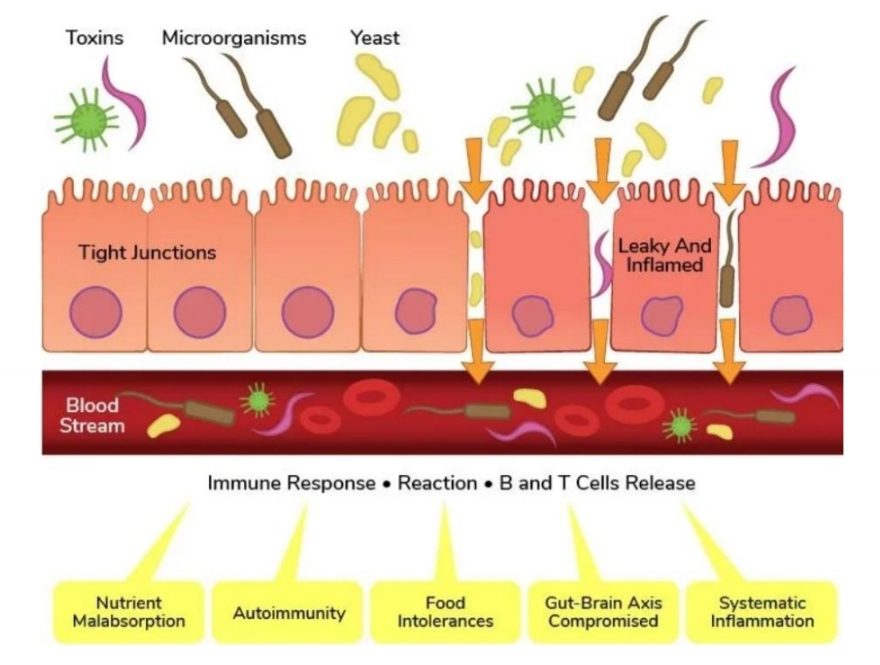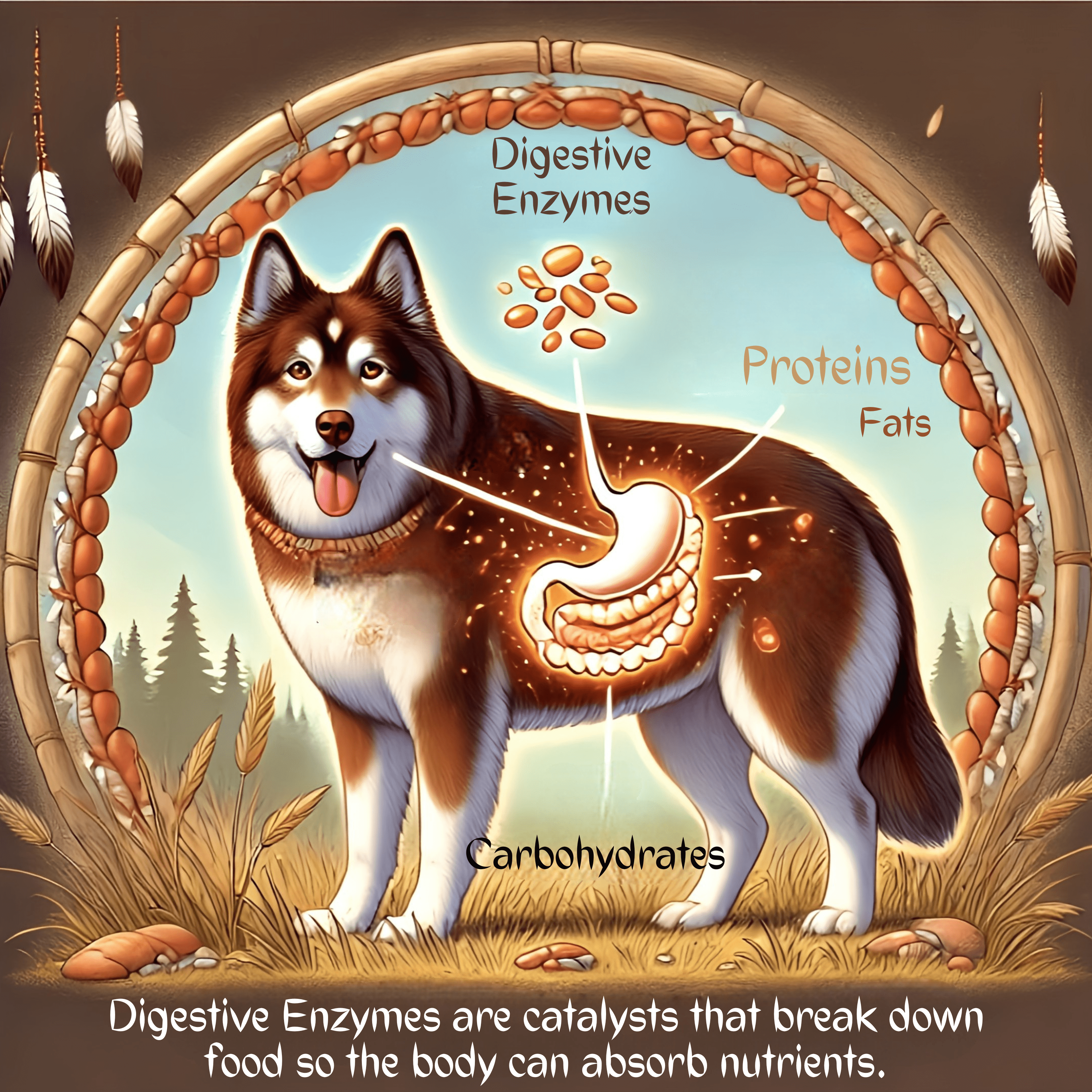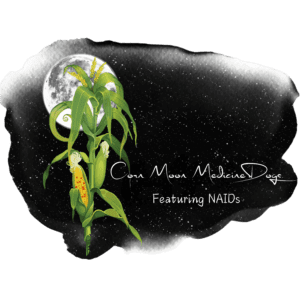Introduction: A New Paradigm in Canine Health
A healthy NAID diet plays a crucial role in overall well-being. Modern pet health is at a crossroads, with chronic disease, digestive disorders, allergies, and autoimmune conditions increasing among dogs. Many owners accept these as inevitable, but the truth is different.
Emerging research reveals that the microbiome—the vast ecosystem of beneficial bacteria in a dog’s gut—is fundamental to immunity, digestion, and nutrient absorption. However, this delicate system is constantly under attack from processed pet foods, synthetic additives, overuse of medications, and environmental toxins.
In this article, we will explore:
- The function and importance of the microbiome
- How a healthy NAID diet influences microbiome health
- The critical role of digestive enzymes in nutrient absorption
- The dangers of processed pet foods and synthetic nutrients
- The impact of vaccines, medications, and environmental toxins
- The case for a raw, biologically appropriate diet
By the end, you’ll understand why feeding a species-appropriate raw diet is the best path to ensuring a long, healthy life for your Native American Indian Dog (NAID).

Section 1: The Microbiome – The Foundation of a Healthy NAID Diet
What Is the Microbiome?
The microbiome consists of trillions of bacteria, fungi, and other microorganisms residing in the gut. This ecosystem influences nearly every function in the body, including:
- Digestion and nutrient absorption
- Immune system regulation
- Neurotransmitter production, affecting mood and behavior
- Protection against harmful pathogens
- Synthesis of essential vitamins and amino acids
A strong microbiome supports resilience, while an imbalanced one results in inflammation, food intolerances, poor digestion, and increased disease susceptibility.
How the Microbiome Is Disrupted
Several factors damage the microbiome in dogs, including:
- Processed diets (kibble, canned food, and synthetic additives)
- Antibiotics and medications that kill good bacteria
- Pesticides and herbicides found in non-organic pet foods
- Over-vaccination leading to immune system disruption
- Environmental toxins in flea and tick preventives, household cleaners, and water sources
To maintain gut health, it’s essential to minimize harmful influences and feed a biologically appropriate diet.

Section 2: The Diet-Microbiome Connection
Why Kibble and Processed Foods Damage the Gut
Highly processed commercial dog foods are detrimental to gut health for several reasons:
1. Extreme Heat Processing Destroys Enzymes
Cooking food at high temperatures denatures natural digestive enzymes. Without these, dogs must rely solely on their pancreas to produce enzymes, leading to digestive inefficiencies and pancreatic stress over time.
2. Synthetic Vitamins and Minerals Are Poorly Absorbed
Many commercial pet foods rely on vitamin and mineral premixes because the base ingredients are so nutrient-depleted. However, research confirms that synthetic nutrients are far less bioavailable than those from whole food sources.
Example:
- Magnesium Oxide – Poorly absorbed but widely used in pet food production due to its low cost. Fits the bill for the ingredient magnesium, but is physiologically useless to the dog.
- Magnesium Sulfate – Sometimes included, but also has low bioavailability—virtually useless as it is not in a form the body can absorb.
For optimal absorption, magnesium glycinate, magnesium malate, or magnesium taurate would be far better choices, but they are rarely used in commercial pet food due to cost considerations. In contrast, these forms are readily available in a raw, biologically appropriate diet!
3. Nutrient Deficiency Leads to Disease
Nearly every known disorder can be traced back to a mineral deficiency. This was famously stated by two-time Nobel Prize-winning scientist Dr. Linus Pauling, who observed that chronic diseases often stem from inadequate micronutrient intake.
4. Pesticide and Herbicide Contamination
Ingredients such as grains, legumes, and conventionally grown produce harbor dangerous pesticide residues. Glyphosate—the most widely used herbicide—has been shown to disrupt gut bacteria by targeting the shikimate pathway, a metabolic function shared between plants and beneficial bacteria in the gut.
How Raw, Whole Foods Support the Microbiome
By contrast, a raw, species-appropriate diet provides:
- Live enzymes to support digestion
- Naturally occurring vitamins and minerals in bioavailable forms
- Healthy fats and essential amino acids for optimal cellular function
- Zero synthetic additives or chemical preservatives
Feeding a biologically appropriate diet eliminates the need for synthetic supplementation, ensuring nutrients are absorbed and utilized as nature intended.

Section 3: The Role of Digestive Enzymes in a Healthy NAID Diet
Digestive enzymes are essential for breaking down food so that nutrients can be properly absorbed. These include:
- Proteases – Break down proteins into amino acids
- Lipases – Break down fats into fatty acids
- Amylases – Break down carbohydrates into simple sugars
Because cooking and processing destroy these enzymes, feeding raw foods ensures that NAIDs receive naturally occurring enzymes to support digestion and reduce pancreatic stress.
Section 4: The Hidden Dangers of Over-Vaccination & Medications
While vaccines and medications serve a purpose, overuse can damage the microbiome:
- Antibiotics indiscriminately kill beneficial bacteria, weakening gut health
- Flea & tick preventives contain neurotoxins that harm gut bacteria
- Over-vaccination triggers chronic inflammation due to preservatives and adjuvants
A Smarter Approach to Vaccines and Medications
- Titer testing can determine immunity levels instead of repeated vaccinations
- Natural flea & tick control (e.g., diatomaceous earth, essential oils) is safer for gut health
- Only using antibiotics when necessary preserves microbiome balance
Taking a minimal intervention approach ensures that NAIDs maintain a healthy microbiome and immune system.

Section 5: The Bigger Picture – A Healthy Native American Indian Dog Diet for Long-Term Well-Being
Key Takeaways:
- The microbiome is crucial for digestion, immunity, and overall health
- Processed pet foods disrupt gut balance and lead to chronic diseases
- Digestive enzymes aid in nutrient absorption and prevent deficiencies
- Raw, whole-food diets preserve natural nutrients for optimal health
- Minimizing synthetic chemicals (medications, pesticides, and additives) prevents long-term health issues
A healthy Native American Indian Dog diet consists of nutrient-dense raw foods that mimic what dogs would naturally consume in the wild. Feeding real, whole foods ensures longevity and vitality.
Final Thought: A Call to Action for Puppy Buyers
If you’re considering bringing home a NAID puppy, providing proper nutrition from the start is key to their long-term health.
Take Action Today:
- Learn to read pet food labels
- Choose whole foods over processed options
- Avoid unnecessary medications and synthetic additives
- Feed raw whenever possible
Your Native American Indian Dog will thank you with vibrant health, longevity, and a thriving microbiome.

